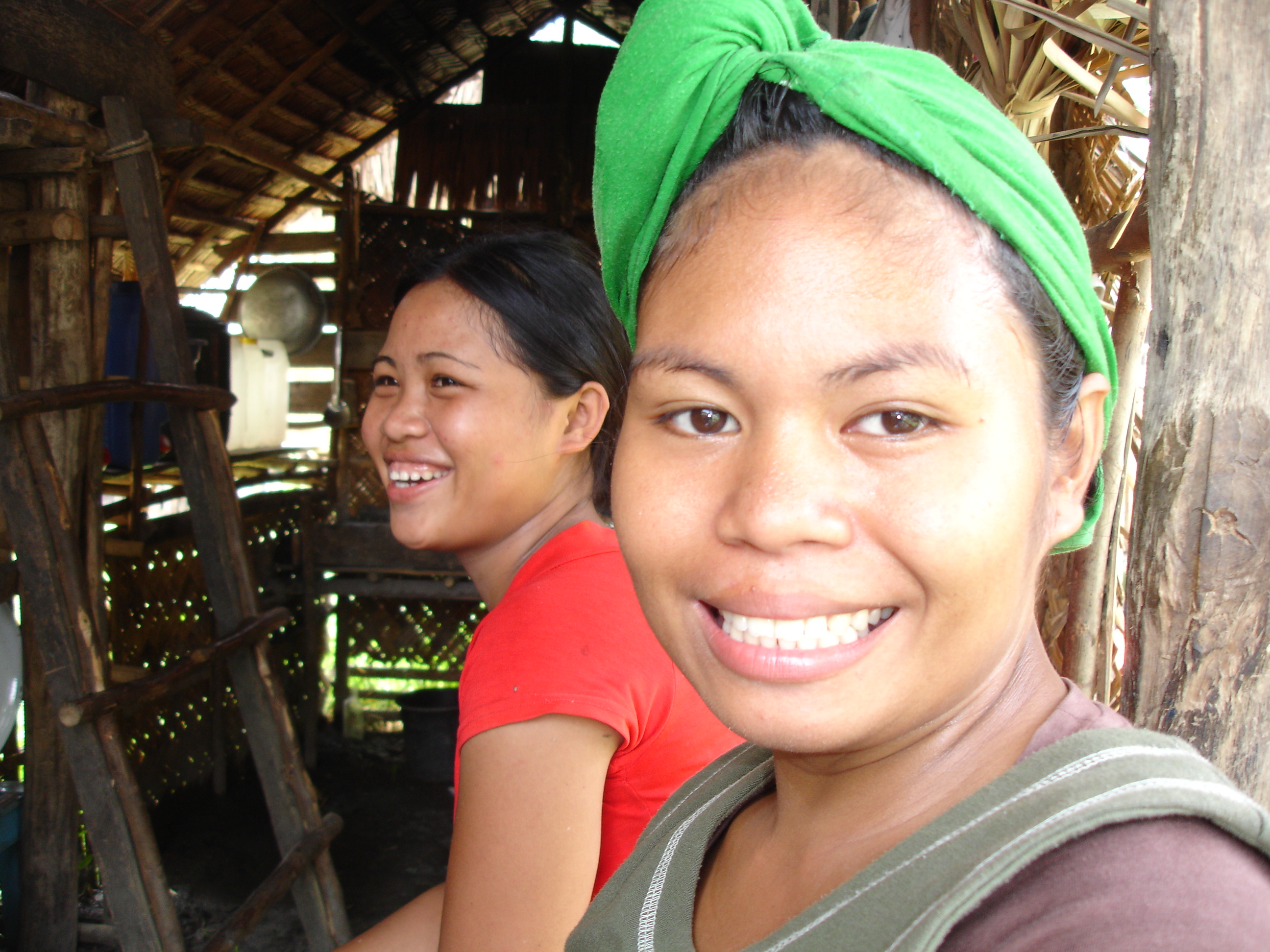"To stop bleeding, I pull out one hair from the mother's head and put it in her belly button," Ophelia said. "If she is having a hard time giving birth, I drip candle wax into a basin of water to see if someone has put a curse on her. If the candle drips fall together, I get a vision of who planted the curse."
Asked how she was able to perform such interventions, she says, "I don't know how I do it sometimes. I think it is the Lord that really gives me power. Once, a [baby's] foot came out first. I put it back in and massaged the stomach and turned the baby around."
Ophelia is a traditional birth attendant (TBA), known in the Philippines as a "hilot". According to the country's latest National Demographic Health Survey (NDHS), an estimated six out of 10 births take place at home, many of them under the supervision of a TBA.
The NDHS also shows that only 44 percent of births occur in health facilities; 56 percent of deliveries are at home.
Remote communities or those affected by conflict often have no community health stations or permanent midwives, prompting many Filipino women to enlist the services of TBAs instead.
The personal touch
|
Photo: Ana Santos/IRIN  |
| In addition to delivering babies, hilots routinely perform massage to alleviate muscle pain |
"I would say that our main competition to getting clients are the TBAs rather than hospitals," Ranga said, noting that it was not just the financial aspect that made women prefer TBAs.
Magdalena Bacalando, who manages a maternity clinic in Malabon, says, "We charge about US$25 for normal deliveries, which is inclusive of vitamins for post-natal care. TBAs like Ophelia charge at least $50 for her services." However, TBAs allow payment by instalment and provide a personal touch.
Junice Melgar, executive director of Likhaan Center for Women's Health, told IRIN: "Admittedly, we health professionals are not taught to see our patients as our peers. The TBA can massage her patient; some are even known to feed them and clean up the delivery area. They care for women in a very humane way and healthcare providers are very impersonal compared to this. That kind of care will not be [provided] by a midwife."
To address this aspect, Cynthia Fernandez-Tan, a trustee at the Philippine Obstetrical and Gynecological Society (POGS), says the society and the Department of Health (DoH) were developing initiatives to encourage hospital delivery and foster a working relationship between midwives and TBAs.
"TBAs will track pregnancies since they are the ones most present in the communities. She will refer these cases to a midwife and assist as labour companions."
Under the DoH's Women's Health and Safe Motherhood Project, TBAs will be included in a Women's Health Team and given a monetary incentive for every pregnant woman they refer to a healthcare facility.
Maternal deaths
However, for many, such interventions come too late.
Cleotilde dela Cruz lost her daughter Olivia last year after she began haemorrhaging while delivering her 10th child. Olivia was 36 years old and had always given birth at home, under the supervision of Ophelia.
"Olivia already had one baby who died. She was warned it was dangerous for her to continue having children," said the 60-year-old.
"I know Olivia's dead, but sometimes I find myself cursing her for leaving me with her nine children," she says.
According to the UN Population Fund (UNFPA), the maternal mortality ratio in the Philippines is 162 deaths per 100,000 live births - one of the highest in the region and equivalent to 11 women dying each day from pregnancy and childbirth complications.
as/ds/mw
This article was produced by IRIN News while it was part of the United Nations Office for the Coordination of Humanitarian Affairs. Please send queries on copyright or liability to the UN. For more information: https://shop.un.org/rights-permissions





